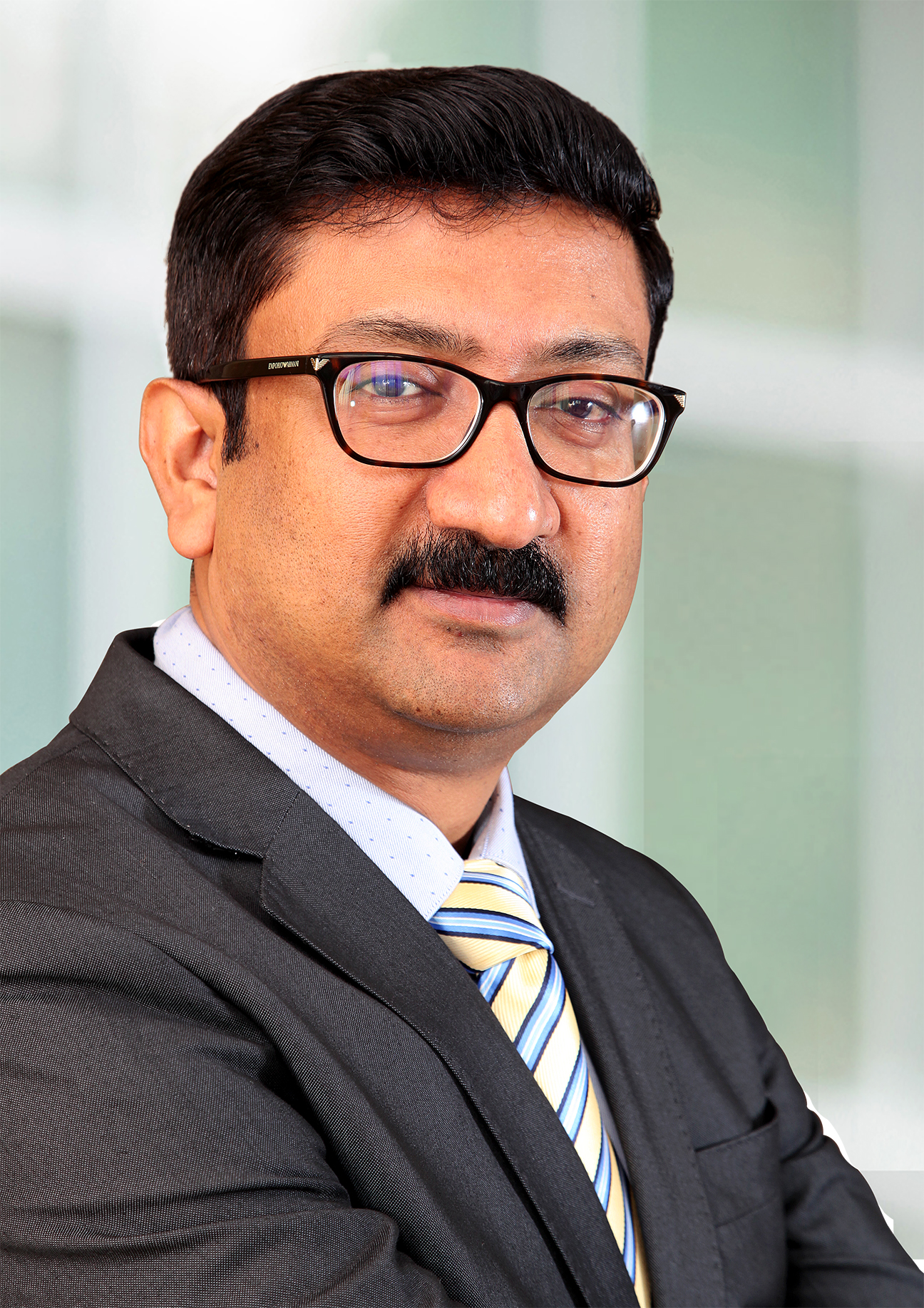The ever-evolving cybersecurity landscape is rapidly changing, and businesses must change with it. The massively expanding, distributed IT reality is creating an unprecedented explosion of exposure points for sophisticated cybercriminals and threat actors to exploit. With hybrid and fully remote environments becoming increasingly more common, cyberattack vectors are also increasing through an influx of new exposure points. Commonplace threats and multi-stage attacks are increasingly becoming more difficult to detect. Many organizations are looking for ways to bolster their cybersecurity and stay ahead of bad actors. There are multiple strategies and technologies businesses can leverage for a stronger security posture to protect their organization.
Implement Multifactor Authentication
Multifactor Authentication (MFA) is an absolute must for both business and personal use. MFA acts as another barrier between networks and cyber criminals. Enabling MFA can make attacks more challenging and even cost-prohibitive for threat actors to attempt. MFA can shut down common attacks like phishing, key loggers, brute force and man-in-the-middle (MITM) attacks. There are different types of MFA:
- Personal device-based: This could be something like a text message or an authenticator app • Hardware based: This utilizes an actual piece of hardware like a USB, Smart Card or RSA token • Biological: This could be a fingerprint or a retina scan
As with any technology or software, businesses must conduct the proper research and testing protocols to implement the right MFA policy to fit their security needs.
Learn to Better Assess Risk
To build an effective security strategy, businesses must know how to accurately assess risks, which is different at every organization. A government agency may be safe-guarding global assets and matters of national defense. A small business may be growing their brand reputation and locking down their financial assets. No matter the size of your organization, many security professionals look to the National Institute of Standards and Technology (NIST) to ensure standards and regulatory best practices. While frameworks can set a solid foundation, organizations must assess their unique risks for their environments. Businesses must have a broad perspective along with nuanced details concerning their own risk. Leaders from cross-functional departments can provide their perspectives. Cybersecurity professionals may find that the other departments have different, valid perspectives on risk. Once the organization has a thorough understanding of risk across its entire ecosystem, security professionals can map a path forward to implement a stronger security posture.
Address the Skills Gap
Businesses need qualified professionals to defend the organization’s infrastructure from cyber-attacks. As the complexity of the network grows, so does the need for solid support staff. Most organizations discover they need highly qualified people to effectively protect company hardware, software and networks from cybercriminals. Attracting top 2 | Evolving Threats – Evolved Strategies talent is a business imperative, but many organizations may experience staffing challenges. Hiring and retaining cybersecurity professionals has proven to be a daunting task.
Choose the Right Technology
Security defenses have advanced which has increased IT management teams’ capabilities to safeguard their assets and keep networks safe. A solid strategy includes multi-layer protection and seamless coverage across all attack surfaces. Threat actors are trying to target your organization using a growing footprint of applications, devices, networks and infrastructure. They’re attacking with everything from phishing and never-before-seen malware variants to ransomware, sidechannel attacks, IoT attacks and more – all of which can be especially difficult to detect.
Real-time, around-the-clock threat awareness reveals vulnerabilities in the landscape as they happen and always knows what they are and what they are trying to breach. Personalized risk meters further minimize exposure andprioritize actions according to risk profile while actionable analytics and reporting accelerate response times and help shape your strategy.
Expect More
Organizations need to know that their vendors are taking proper security measures when developing their products. Ideally, vendors should have systems like software composition analysis and static application security testing in place. It is critical to have visibility into the development pipeline to understand your risk exposure to multiple vulnerabilities. Threat actors know the perimeter is going to be the hardest place to access within the organization. They look for vulnerabilities across the entire organization – and that includes third-party software and hardware. Companies can create vendor questionnaires that assess standards the vendors must meet for consideration. Vetting multiple vendors through questionnaires provides ample data to decide which vendor fits your business best. Requiring higher vendors can help organizations strengthen their overall cybersecurity posture.
Conclusion
Threat actors are constantly changing their plans of attack to infiltrate businesses and cause as much havoc as possible. In a world where the cybercriminals are constantly changing their attacks to catch organizations off guard, those same organizations can implement strategies that will keep them one step ahead.
- Implement Multifactor Authentication to make it more difficult for threat actors to infiltrate networks.
- Develop better risk assessment strategies to make sure the business is protected across all potential points of entry
- Hire and develop highly qualified staff to optimize and maintain all security systems
- Select the best technology across networks, endpoints, and access points protecting data and users
- Enact stringent requirements for vendors to ensure the business isn’t importing vulnerabilities from third-party hardware and software.
Ultimately, it’s the responsibility of each organization to determine what cybersecurity strategies will work best for their business






